0 Comments
Overview
The patient is a female with the age of 70s. Her main complaint is dizziness. She started feeling dizzy 3 days ago, especially when she was standing and sitting. She took prescribed medicine and felt better yesterday, but the dizziness got worse again today. Right after the first treatment, she didn’t feel dizzy. The next day she came back for the 2nd treatment, the dizziness decreased, but she still felt a little dizzy. When she came back for the 3rd treatment in 4 days, she reported me that her dizziness had disappeared after the 2nd acupuncture treatment. Treatment Based on the diagnosis, I mainly gave her the treatment to strengthen her Liver energy. Dizziness is often related to the weakness of Liver energy (Refer to Individual Acupuncture). There were some pressure-pain points on her abdomen and between her shoulder blades, so I removed the pressure-pain with round-tip needles. I also used an ear point for dizziness and after the treatments, attached a tiny gold ball like a seed on the point to keep it until the next treatment. If you are suffering from dizziness even after you have tried various things, Cozy Acupuncture in Salem, MA is here to help you! Call today to set up your appointment: 617-584-8703 Book now Online Related article: [CASE] Dizziness (vertigo) Aging of a blood vessel is
(1) A blood vessel is clogged. (2) A blood vessel is hardened. Nattokinase is nutrition contained only in natto and dissolves blood clots which are formed in a blood vessel to stop blood flow and causes life-threatening condition like stroke and heart attack. Nattokinase separates blood cells sticking together and also prevents blood clots from being formed. Lecithin prevents the hardening of blood vessels LDL cholesterol which is increased by disordered dietary life and others pushes cholesterol into the inside of blood vessels, forming something like a lump. Blood vessels are originally soft and elastic, but the blood vessel thickened by the accumulation of cholesterol gradually becomes hard. Lecithin contained in the soy part of natto removes LDL cholesterol and prevents the accumulation of cholesterol. Lecithin is the combination of phosphorus and fat which is the same as the main component of brain cells. Acetylcholine which is a neurotransmitter related to the abilities to memorize, think and focus is made of lecithin, so Lecithin contained in natto is also good for the health of brain. Isoflavone contained in natto strengthens blood vessels How to eat Natto to maximize Nattokinase Q1. Which maximizes nattokinase that keeps blood vessels young? (A) Mixing natto well before eating (B) Not mixing natto very much A1. (A) Mixing natto well before eating Mixing natto well increases sticky substance and the sticky substance prevents nattokinase from being lost by stomach acid. The amount of nattokinase is not increased by mixing well, but mixing well increases glycoprotein that protects nattokinase from stomach acid. The proper number of mixing is about 50 times or until threads appear. The sticky substance also protects mucus membranes, so it can be effective to prevent seasonal allergies and a common cold. Q2. Which maximizes nattokinase? (A) Pouring the source for natto before mixing it (B) Pouring the source for natto after mixing it A2. (B) Pouring the source for natto after mixing it If the source for natto is poured before mixing, natto doesn’t become so sticky as when the source for natto is poured after mixing. The taste of natto also gets better by pouring the source after mixing. Q3. Which maximizes nattokinase? (A) Pouring natto on cooled rice (B) Pouring natto on hot rice A3. (A) Pouring natto on cooled rice Nattokinase is weak to heat. Nattokinase becomes inactive at 50 degrees C (122 degrees F) and all the function of nattokinase is lost at 70 degrees C (158 degrees F). Q4. Which is more effective to maximize the effect of nattokinase? (A) Eating natto for breakfast (B) Eating natto for dinner A4. (B) Eating natto for dinner Blood clots that are the natural enemy of blood vessels tend to be formed while sleeping. That is because we can’t supply water even if we sweat while we are sleeping, so the water in blood decreases, making blood sticky. Nattokinase is strong bacteria. Over eating of natto can kill other bacteria. Eating 3 packs of natto a day is too much. Q5. Which can increase nattokinase and lecithin? (A) Eating natto right after taking it out from the refrigerator (B) Eating natto after leaving natto for a while after taking it out from the refrigerator A5. (B) Eating natto after leaving natto for a while after taking it out from the refrigerator Since natto is fermented food, if natto is left at a normal room temperature, fermentation is progressed and nattokinase increases. 20 to 30 minutes is appropriate. A raw egg should not be mixed with natto Natto contains Biotin that is good for the skin. The white of an egg prevents the absorption of Biotin. If you want to use a raw egg to mix with natto, using only the yolk of an egg is better. Scallion and cheese are recommended as toppings for natto Scallion contains Allicin that has the effect to prevent blood clots. Cheese contains Lacto tripeptide that is effective to make blood vessels elastic. Vitamin K2 contained in Natto produces high quality and healthy bones Bones are replaced by new bones every 3 months to 6 months. All the bones in our body are replaced by new bones every 5 years. To deposit calcium in a bone, Osteocalcin that is a type of bone protein is necessary. Vitamin K2 activates Osteocalcin and calcium is firmly deposit in a bone. Recommended intake of vitamin K is 250-300 μg per day. A pack of natto (about 50 g) contains 300 μg of vitamin K. Crushed natto (Hikiwari natto) contain 1.5 times more vitamin K2 than uncrushed natto. Crushed natto has more surface area because it is crushed, so more natto bacteria are attached to it including vitamin K2 (Fig. 1). Muscle of a particular part of the body is related to the aging of blood vessels.
The weakness of the muscle of a particular part of the body increases the risk of death due to heart diseases. Therefore, if you train the muscle related to the aging of blood vessels, there is a possibility that blood vessels will be rejuvenated. Which muscle in the body is related to the aging of blood vessels? According to the research published on The Lancet which is a medical journal, the muscles related to the aging of blood vessels are the muscles for grasping power. Can you open the lid of a jar smoothly? It has been reported a lot recently that people who can’t maintain their grasping power have more risk of death due to heart diseases, and it has tuned out why the blood vessel of the people who maintain their grasping power is young. Women have younger blood vessel age than men. According to a research in Japan, women’s grasping power decreases by 5.7 kg from the highest at 40s to the one at 70s, while men’s grasping power decreases by 11.1 kg from the highest at 30s to the one at 70s. The daily life of a couple in their age of 60s was observed with electromyograph for grasping power attached. The wife’s blood vessel age was younger than her age, while the husband’s blood vessel age was older than his age. The wife used her grasping power 1913 times a day, while the husband used his grasping power 83 times a day. That proves the wife’s blood vessel age is younger than her age because she uses her grasping power a lot to do housework like housekeeping, cooking, washing. Light intensity of grasping like housework is good enough to maintain grasping power. Why does using grasping power maintain young blood vessels? Because NO that softens the blood vessel is secreted. The blood vessel becomes hard with age, but even if the blood vessel becomes hard, if NO is secreted, the hardened blood vessel becomes soft. After you grasp your hands strongly for 5 seconds, when you open the hands, the color of the palms turns red from white. When you grasp your hands strongly, the blood vessel constricts and the blood gets stagnated, turning the palms to white. When you open your hands, the blood vessel expands and the blood suddenly flows, turning the palms to red. At this moment, a lot of NO is secreted from the wall of the blood vessel. The important thing is that the stagnated blood flows with greater force than usual by loosening grasping power, the wall of the blood vessel is stimulated more strongly than usual, and a lot of NO is secreted. To secrete NO, it is effective to accumulate light intensity of grasping like housework every day. If you have habits to soak into the bathtub with warm water, it is effective to grasp color balls for kids to play in the bathtub because warm water in the bathtub increases the blood flow and expands the blood vessel. Even if you don’t soak into the bathtub, it is still effective to grasp the color balls any time, like watching TV (Fig. 1 & 2). Experiment The husband in the above who was 64 years old and whose blood vessel age was 70 years old tried grasping color balls in the bathtub for a week. A week later his blood vessel age became 55 years old. Before the experiment, the secretion of NO in the blood was 51.6 μM, but after the experiment, it became 137.4 μM. 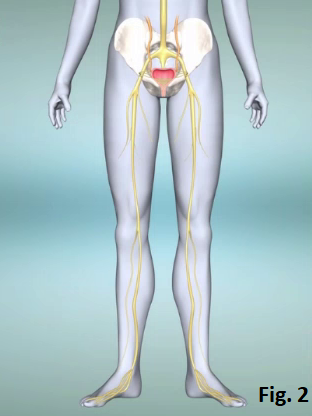 According to a guide line, if you urinate more than 8 time during daytime, you are diagnosed with frequent urination. That is urinating about every one and a half hour. During night time, even if you urinate once, you are diagnosed with nocturia (night urination). However, if you need to urinate because of drinking large amount of water, it is not regarded as frequent urination. When it is cold, urinating frequently is caused by the stimulation of coldness. Some of frequent urination are caused by brain disorders, but most of frequent urination is considered as being caused by aging. Difference of bladder between people with frequent urination and people without frequent urination People with frequent urination have a desire to urinate even if only small amount of urine is accumulated with aging (Fig. 1). How to improve frequent urination Bladder is a bag made of muscles. When urine goes into it, the bladder expands like a balloon and urine is accumulated. When a certain amount of urine is accumulated, the nerves around the bladder transmits a signal to the brain. The brain transmits a desire to urinate to the bladder and urination occurs. However, aging makes the nerves around the bladder too sensitive and desire to urinate is caused by accumulation of small amount of urine. Therefore, frequent urination with aging is caused by the malfunction of the nerves around the bladder. The nerves around the bladder controls not only the bladder but also the anus and the urinary tube, and they go down to the toes and control the movement of the muscles of the toes (Fig. 2). The nerves run near the surface of the skin around the ankle, so massaging around the ankle can suppress the malfunction of the nerves (Fig. 3). Massage to improve frequent Urination Where to massage is 4 fingers above the inner ankle and beside the bone, where you feel tender when you press with your finger, which is an acupuncture point Spleen-6 (Fig. 4 and 5). Press the point for about 1 minute with a little strong pressure. Do this massage 3 times a day, in the morning, at noon and in the evening. Experiment A 52 years old woman needs to go to the bathroom for urination 23 times a day including an20 times during day and 3 times during night time. That means she has to go to the bathroom every 30 minutes to 1 hour during daytime and every 2 and half hour during night time. In this experiment, she massages Spleen-6 for 1 minutes 3times a day after every meal for 7 days. Day 1: 12 times Day 2: 10 times Day 3: 9 times Day 4: 8 times Day 5: 8 times Day 6: 7 times Before the experiment, she had a desire to urinate 47 minutes after drinking 500 ml of water, but after the experiment, it took 1 hour and 20 minutes. Fig. 6 shows MRI image of her bladder before and after the experiment. It shows that her bladder became able to expand and accumulate large amount of urine before she had a desire to urinate (Before: 128 ml / After: 483 mil). That means, she became able to accumulate 4 times more urine before having a desire to urinate.
|
IchiroThis Blog is for a memo of my clinical realizations, information about health I have learned recently and update information. Archives
April 2024
Categories
All
|
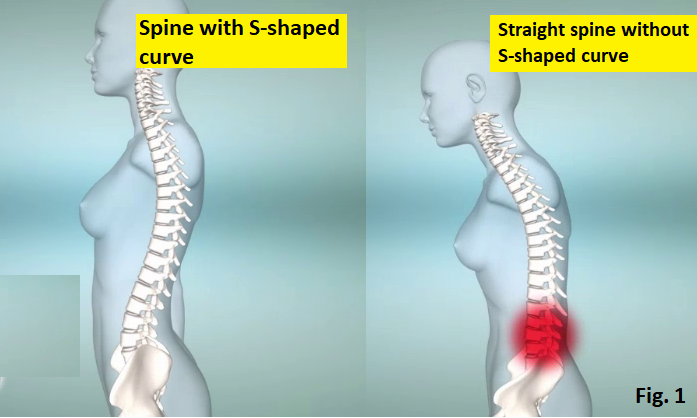







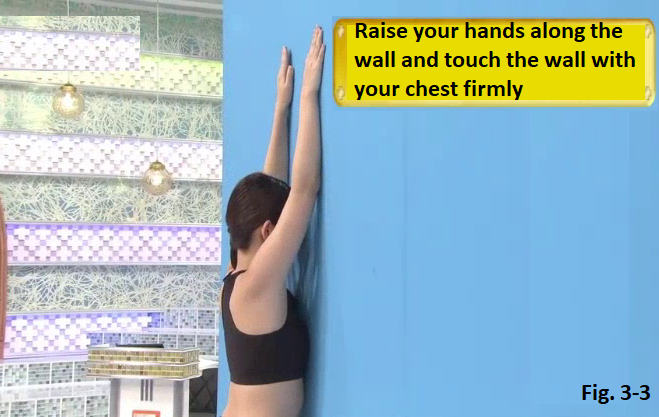




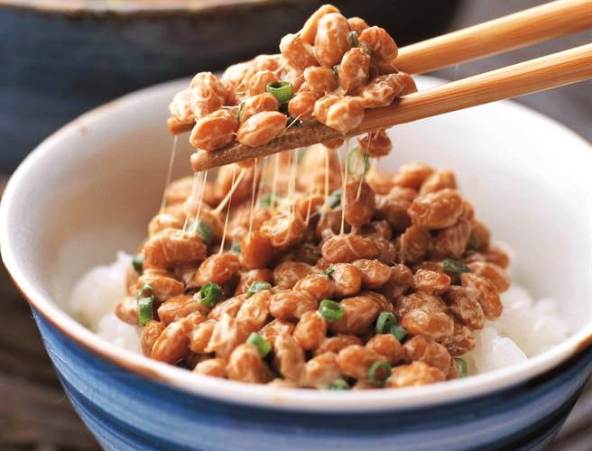









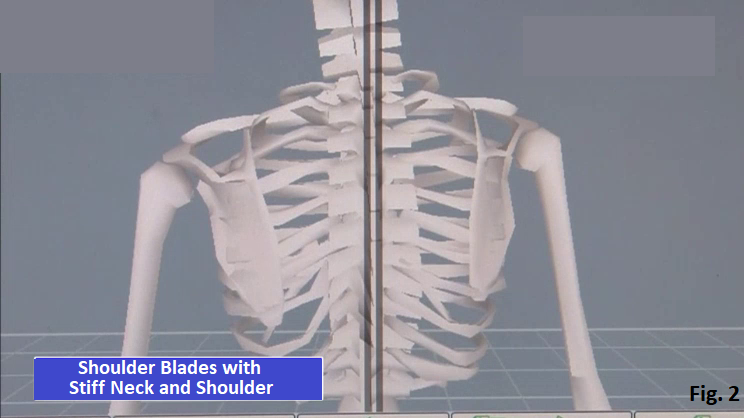
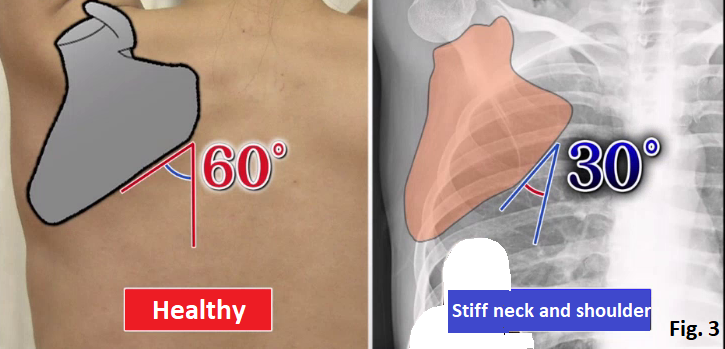

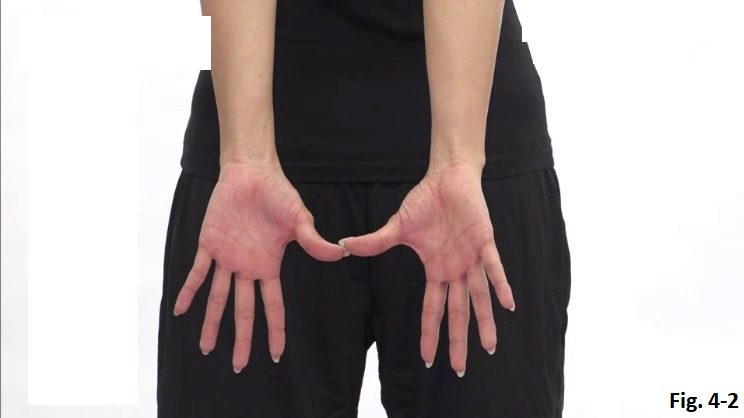




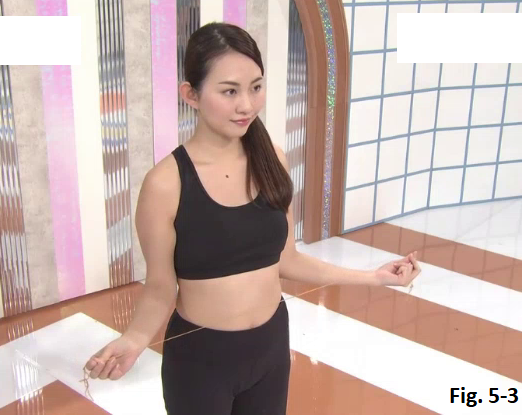

 RSS Feed
RSS Feed